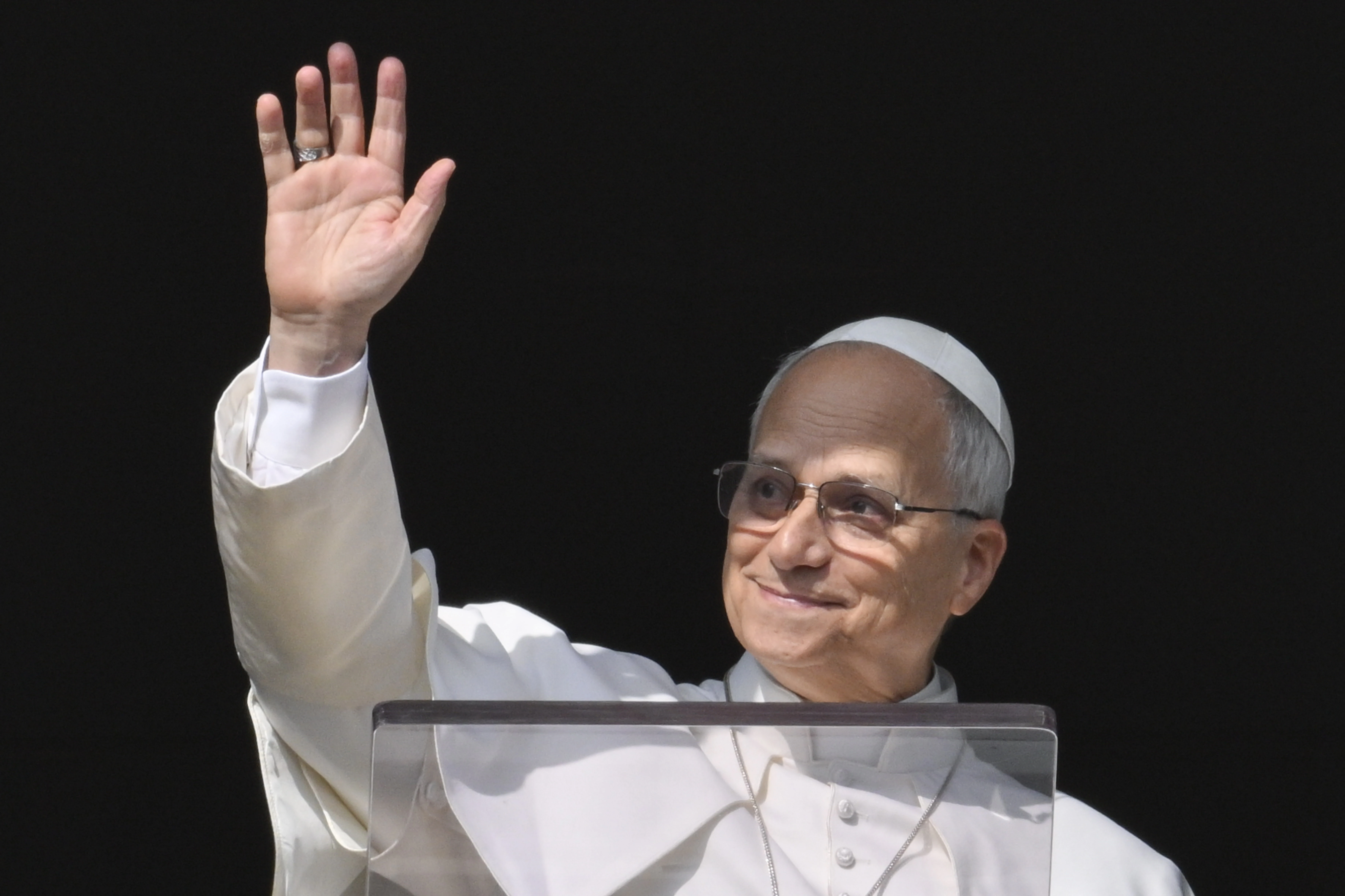Berlin left in the dark as Washington weighs troop cuts in Europe
BERLIN — Germany knows the Americans won’t stay forever. Now it’s trying to make sure they don’t leave too soon.
For decades, the U.S. military presence on German soil has been the backbone of America’s global operations — and a pillar of Europe’s defense. But as Washington prepares to reassess where its troops are based, officials in Berlin are increasingly unsure what that will mean for them.
Defense Minister Boris Pistorius traveled to Washington on Monday to make sure Germany stays in the loop. After meeting with U.S. Defense Secretary Pete Hegseth, he made it clear that Berlin expects a shift in American posture.
“I began pointing out two years ago that it would become clear at some point that the Americans would eventually do less,” Pistorius told reporters after their meeting. “For now, we in Europe have been able to count on them doing more. But we have to recognize that they have their own interests — in the Indo-Pacific, in the security of maritime trade routes.”
What’s missing is clarity on what “less” actually means. German officials say they aim to be part of coordination efforts. But they have not been given any firm commitments about what the U.S. plans to do — or when.
NATO allies are also worried, and U.S. Ambassador to NATO Matthew Whitaker sought to calm nerves on Thursday. Speaking to reporters at NATO HQ in Brussels he said he has “daily conversations with our allies about that process.”
“We’ve agreed to no surprises and no gaps in … the strategic framework of Europe,” he added.
Berlin braces for a U.S. drawdown
At the heart of these discussions is the Global Force Posture Review, a broad Pentagon-led reassessment of U.S. military deployments around the world.
Its goal is to shift American forces in line with changing global priorities — especially growing tension in the Indo-Pacific and pressure to reduce U.S. overseas spending. The final report is expected to be released by September.
For Europe, that could mean fewer American troops on the continent. In February, Hegseth stood next to his Polish counterpart and said it plainly: “Now is the time to invest [in your militaries], because you can’t make an assumption that America’s presence will last forever.”
The German government, more than most, has reason to take that warning seriously.
Germany hosts more U.S. troops than any other country in Europe by far, with around 35,000 American service members stationed across some 35 municipalities. These include Ramstein Air Base, a central hub for U.S. air operations and satellite communications; Grafenwöhr, which according to the military is the largest U.S. Army training area outside the United States — where Hegseth himself is reported to have been temporarily stationed as a soldier — and key headquarters for military personnel.

For Germany, U.S. military support has long been a cornerstone of national security — from the Cold War to today. With persistent gaps in its own capabilities, from ammunition and readiness to strategic deterrence, Berlin continues to depend heavily on American forces. That includes U.S. nuclear warheads stationed in the western town of Büchel, a key pillar of NATO’s shared defense posture against threats like Russia.
But as Aylin Matlé, senior fellow for security policy at the German Council on Foreign Relations, pointed out, the U.S. presence also serves Washington’s interests.
“Bases like Ramstein aren’t just used for European defense,” she told POLITICO, “but for projecting power into the Middle East and, to some extent, Africa.” For example, Europe has served as a “turnstile” for American military equipment to other parts of the world.
According to Matlé, one likely result of the Global Force Posture Review would be the removal of the roughly 20,000 U.S. troops that were sent to Europe in 2022 under then-President Joe Biden following Russia’s full-scale invasion of Ukraine.
“That would still leave a substantial American footprint,” Matlé said, noting that the current number of U.S. troops on the continent fluctuates between 90,000 and 100,000.
But downsizing the Biden-era reinforcements would serve a dual purpose under the Trump administration. “It would send a message,” she said, “and that kind of symbolic contrast matters to Trump.”
One NATO official granted anonymity to speak candidly told POLITICO that a drawdown of up to 30 percent in Europe is possible — which would represent a more consequential realignment.
“Regardless of how many troops are withdrawn, if at all,” Matlé said, “it’s crucial that it happens in an orderly, coordinated way, and not as a surprise to European allies.” But with the Pentagon’s report still in the works, Berlin is unsure of what the final version will contain — or how quickly any changes will come.
The current status of discussions between Germany’s representatives and their American counterparts is unclear. Speaking with POLITICO, a spokesperson at the Ministry of Defense declined to elaborate on possible talks.
Germany looks to keep Washington close
That uncertainty is exactly what Pistorius is trying to prevent from turning into a crisis. “It’s about coordinating how we implement such a decision, if and when it comes,” he said in Washington, “so that no dangerous capability gaps emerge if the Americans withdraw something we can’t replace quickly.”
That concern has already prompted Germany to step up quiet diplomatic outreach. Officials in Berlin have pushed for a phased, transparent approach, emphasizing the country’s growing military investment and its readiness to host American forces.
In June, Germany announced plans to boost defense spending from approximately €86 billion in 2025 to around €153 billion by 2029 — raising it to roughly 3.5 percent of GDP to meet NATO targets and support shared infrastructure commitments.
According to Matlé, the effort is deliberate — and, so far, moderately successful. “The German government clearly sought to reestablish a close alignment with the U.S. early on,” she said, pointing to a coordinated push by Chancellor Friedrich Merz, Pistorius and Foreign Minister Johann Wadephul.

Merz, who phoned Trump in early July to secure weapons deliveries to Ukraine, was successful in his attempt to stay in Washington’s good graces.
When he met Trump during his debut trip to Washington as chancellor, the issue of U.S. troop presence was raised during a press appearance in the Oval Office. Asked whether reductions were on the table, Trump said: “I’ve always said Europe needs to do more, but Germany has been stepping up. We’ll look at what makes sense going forward.”
Such visible outreach is exactly the kind of engagement Berlin hopes will resonate. For Matlé, public diplomacy matters. “That kind of personal engagement — especially with someone like Trump — can pay off,” she said.
What comes next, though, depends entirely on Washington.
Laura Kayali and Victor Jack contributed reporting.




















:quality(85):upscale()/2023/09/18/918/n/1922398/a1136b676508baddc752f5.20098216_.jpg)
:quality(85):upscale()/2025/10/09/670/n/1922283/00b944c868e7cf4f7b79b3.95741067_.jpg)
:quality(85):upscale()/2025/10/15/765/n/1922398/29c37a6e68efd84bb02f35.49541188_.jpg)
:quality(85):upscale()/2025/09/09/891/n/1922283/7222624268c08ccba1c9a3.01436482_.png)
















